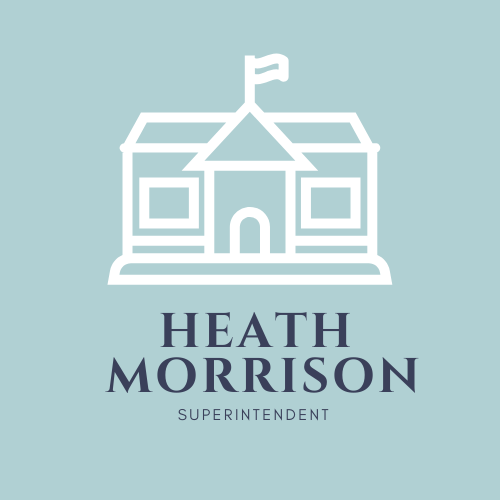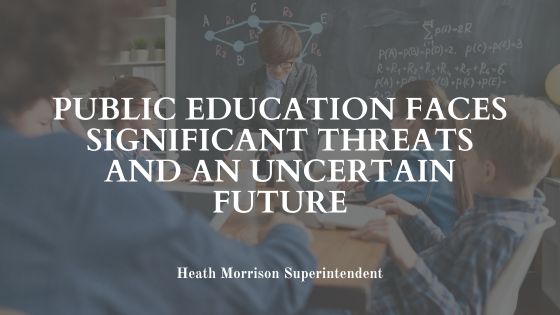As most superintendents can attest, there seems to be a never-ending number of challenges and obstacles to address, often completely outside the core focus on teaching and learning. While it may be common to suggest that current circumstances are the “most challenging to date”, that adage may well be true in today’s very difficult environment for public education. Some of the key challenges facing school leaders include:
- Competition, but not on a level playing field: The choice movement in education is not new and the expansion of charters and private schools has continued to increase. Over the past few years, many states are adopting rules and policies that greatly advantage these schools with additional flexibility and more funding than traditional public schools. Additionally, charter and private schools are gaining more autonomy to exclude students with significant learning needs and who are impacted by poverty.
- Declining Enrollments: Across the country, public schools have not been able to regain students lost during the pandemic. This, coupled with declining birth rates and increased competition, will leave public schools with historically low enrollments over the next decade.
- Reduced Funding: Lower enrollments will present significant funding challenges to schools. This will occur just as superintendents are trying to figure out how to adjust to the loss of significant federal monies provided during COVID with ESSER funds. And, there will be continued efforts by groups to shift more funding away from traditional public schools to choice options.
- Historic Teacher Shortage: It was predicted that there would be 350,000 vacancies for teachers by 2035; that mark was achieved in 2024 – 11 years early. The anticipated shortage was known due to expected retirements, but it has been accelerated with a huge number of educators leaving during and after the pandemic. This, coupled with higher education continuing to decline in Education School enrollments, has left many schools to hire uncertified teachers at an alarming rate.
- And, perhaps the greatest threat of all, is the unprecedented attacks on public education. Accusations of “CRT,” “grooming,” and “political agendas” have been unrelenting over the past several years. While these attacks have helped individuals win local, state, and national elections, they have also contributed to establishing a culture of fear in most districts and have educators and staff considering other opportunities.
How do superintendents and other leaders meet these challenges? This will require a fundamental shift of priorities and adding new skills in marketing, branding, communication, and government affairs. It is not an overstatement to suggest the very future of public education is at stake in this country. Some leaders may feel this is an unfair threat or challenge they have to face. To that, I say, leaders do not get to decide what challenges they face; they only get to decide how to face them. School leaders can, and must, meet this moment.

